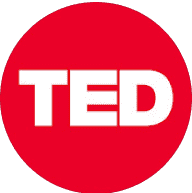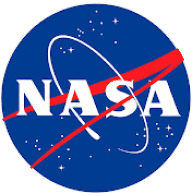Fetal Circulation
Gregory Karapetian・1 minute read
Fetal circulation involves oxygen exchange through the placenta, with the umbilical vein carrying oxygenated blood to the fetus. Circulation in the fetus bypasses the lungs through structures like the ductus arteriosus and foramen ovale, which close off after birth.
Insights
- Fetal circulation involves oxygen exchange through the placenta, not the lungs, with red representing oxygenated blood and blue deoxygenated blood.
- Circulation in the fetus bypasses the lungs through the ductus arteriosus and the foramen ovale, allowing blood to flow directly to the body without going through the pulmonary circulation.
Get key ideas from YouTube videos. It’s free
Recent questions
How does fetal circulation differ from adult circulation?
Fetal circulation involves oxygen exchange through the placenta, bypassing the lungs, with unique structures like the ductus arteriosus and foramen ovale.
What is the function of the ductus venosus in fetal circulation?
The ductus venosus directs oxygenated blood from the umbilical vein to the right atrium in fetal circulation.
What are the remnants of fetal circulation structures in adults?
The fossa ovalis and ligamentum arteriosum are remnants of fetal circulation structures in the adult heart.
How does oxygen exchange occur in fetal circulation?
Oxygen exchange in fetal circulation occurs through the placenta, not the lungs, with red representing oxygenated blood.
What is the purpose of the foramen ovale in fetal circulation?
The foramen ovale allows blood to flow from the right atrium to the left atrium in fetal circulation, bypassing the lungs.
Related videos
Summary
00:00
Fetal Circulation: Oxygen Exchange and Bypass Routes
- Fetal circulation involves oxygen exchange through the placenta, not the lungs, with red representing oxygenated blood and blue deoxygenated blood.
- The umbilical vein carries oxygenated blood from the placenta to the fetus, meeting the inferior vena cava to form the ductus venosus, directing blood to the right atrium.
- Circulation in the fetus bypasses the lungs through the ductus arteriosus, connecting the pulmonary trunk and aorta, and the foramen ovale, allowing blood to flow from the right atrium to the left atrium.
- Remnants of fetal circulation structures in the adult heart include the fossa ovalis, closing off the right and left atriums, and the ligamentum arteriosum, a remnant of the ductus arteriosus.




